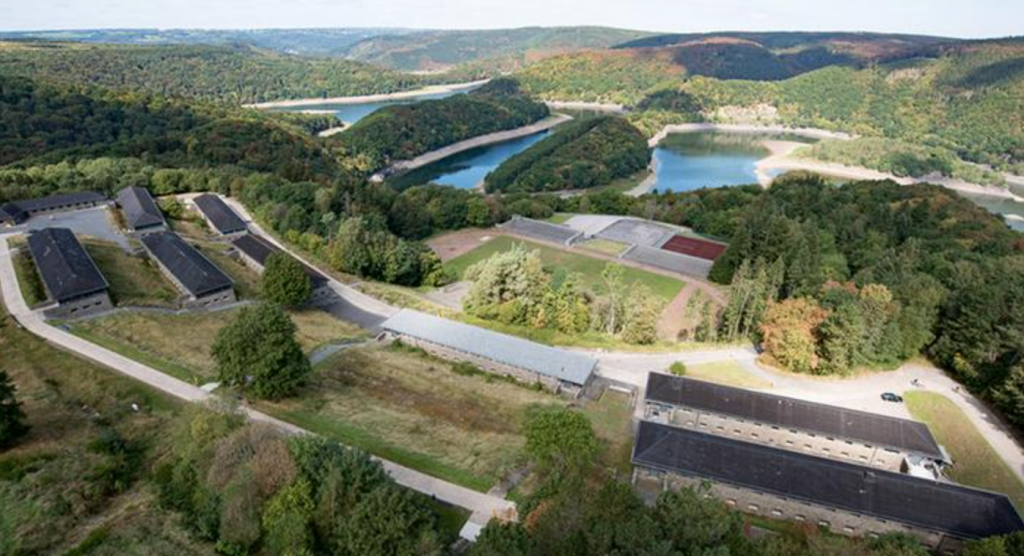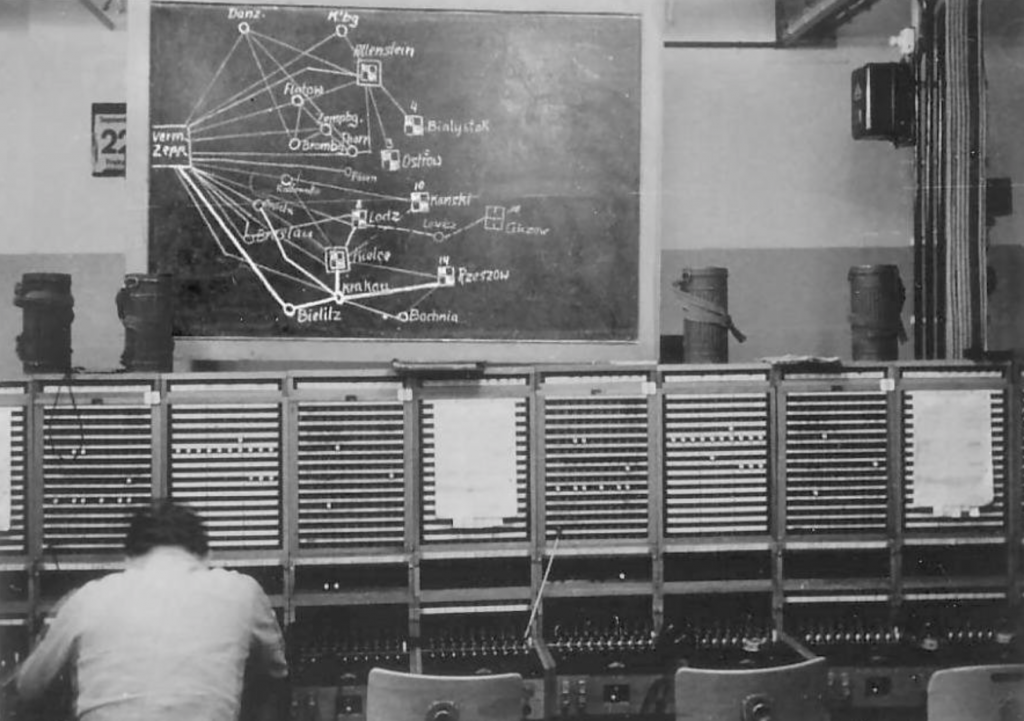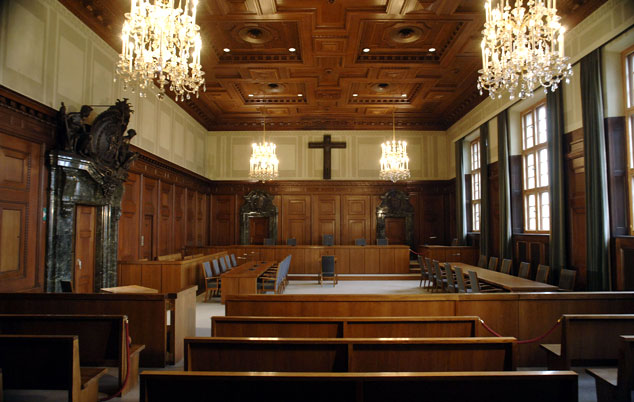Germany is a very rich field for those fascinated by the history of World War II, as it is still possible to visit and get to know places that were the stage for important events of this period. In this post, you will know three places that marked different points in the history of the German Socialist National Labor Party, from its rise to perpetuation of power until its fall.
Ordensburg Vogelsang: the school of officers of the Nazi Regime
Like every dictator, Adolf Hitler had a lasting power plan that aimed, in particular, at indoctrinating the thinking of young people, since they would guarantee the perpetuation of their ideals and power.
For this purpose, from 1936 to 1939, Ordensburg Vogelsang, a complex of over 50,000 m2, dedicated to receiving the children of the leaders of its German National Socialist Labor Party, was in operation. In addition to these, there were 3 more centers with the same task, which would be to form future party leaders, the future Nazi elite to come.
Built on the Eifel Hills, overlooking Lake Urft, the dimensions and pomposities of the place, as well as other works of the Nazi Party, always with opulent architecture, were intended to show power and impress.
With the outbreak of World War II, the place had a military function, and sheltered refugees from cities that had been bombed, and the school itself did not escape the bombings.
Interestingly, today, the area is open for visitation, with exhibitions aimed precisely at repelling Hitler’s ideals: educating young people not to repeat the terror caused by Nazi authoritarianism, explaining the mechanism by which the government made ordinary men and women were led to hate Jews and others considered inferior.

Zossen Bunkers
Between 1937 and 1941 bunker complexes and underground facilities were built in the Zossen region, close to Berlin. Maybach I, built by the High Command of the Army, and Maybach II and Zeppelin by the High Command of the Armed Forces.
The interesting thing about the Maybach complexes is that above ground, they were designed to look like homes, especially seen from above, but in the basement was a highly developed interconnected complex, with water, sewage system, air filters, and diesel engines keeping all the machinery working. The chimneys of the simple “houses” were the ventilation towers, all designed to camouflage themselves in the face of curious eyes.

Zepellin, which was codenamed Amt 500, was a sophisticated communications center, responsible for intelligence and signaling services. Between 1960 and 1961 the Soviets rehabilitated Zeppelin, to be an underground command center, serving the Soviet military command in East Germany.

Maybach II was practically completely destroyed, while Maybach I (which suffered a lot of damage) and Zeppelin still receive visitors who can take a guided tour of these last two facilities.
Nuremberg Trials
In 1945 the eyes of all the world went to the 600th trial room, at the Nuremberg Palace of Justice, which hosted the International Military Tribunal for the trial of the high command of the German Socialist National Labor Party.

Source: Wikipedia. Author: Raymond D’Addario.
Currently, there is the Nuremberg Trials Memorial, where it is possible to carry out the visit following the timeline from the period when the Nazi regime commanded Germany, until the sentence and the end that led each of the party’s top 24 members and associates who were tried there. At the end of the tour, the visitor can visit the famous 600 trial room.
This trial and its consequent penalties were a milestone for International Law, serving as a basis for studies that influence until today, putting an end to a sad period in German history.

To visit these and other points on the Second War theme, contact us, we will be happy to assist you 🙂


